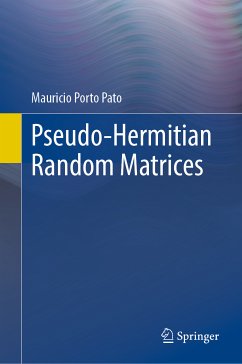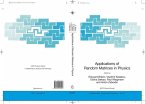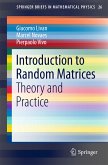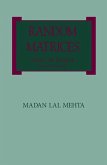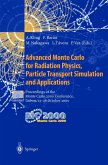This book is a comprehensive guide to pseudo-Hermitian random matrices, their properties, and their role in many models that are relevant to physical processes. The book starts by showing how the concept of pseudo-Hermiticity emerged from studies of PT-symmetric systems which aroused the interest of the random matrix theory community. The chapters that follow discuss the consequences of the pseudo-Hermitian condition to the eigen-decomposition of non-Hermitian matrices, and an investigation of pseudo-Hermitian random matrices in tridiagonal form, discussing the scenario with real eigenvalues, and the appearance of complex eigenvalues generated by unbound and non-positive metrics. Subsequently, the author introduces pseudo-Hermitian Gaussian matrices and their properties including characteristic polynomials, and statistical properties of their eigenvalues. Finally, in the last chapter, the time invariance of the metric is upended and a pseudo-Hermitian model with a time dependent metricis constructed to discuss the time evolution of entangled states.
Dieser Download kann aus rechtlichen Gründen nur mit Rechnungsadresse in A, B, BG, CY, CZ, D, DK, EW, E, FIN, F, GR, HR, H, IRL, I, LT, L, LR, M, NL, PL, P, R, S, SLO, SK ausgeliefert werden.
Hinweis: Dieser Artikel kann nur an eine deutsche Lieferadresse ausgeliefert werden.

